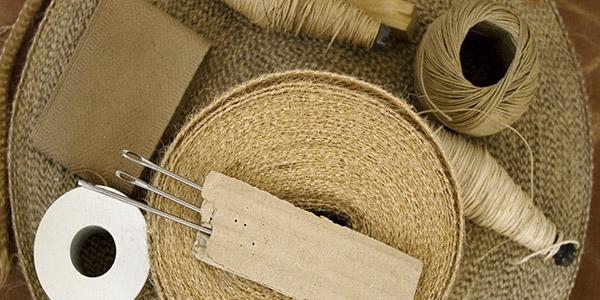Posted a reply in the survival tin discussion and it raised some questions for you all.
Part of this reply was the cost vs strength and the struggle to see tasks that I cannot perform with garden twine.
I am going natural for most of my cordage unless for some (Often permanent) reason eg pre-set paracord tarp ridge line. I must admit that this is becoming a bushcraft vs urban divide. Duct tape and paracord are losing their place in my hiking/bushcraft set ups.
What cord/rope/string/tape do you carry?
What jobs do you require it for?
Part of this reply was the cost vs strength and the struggle to see tasks that I cannot perform with garden twine.
I am going natural for most of my cordage unless for some (Often permanent) reason eg pre-set paracord tarp ridge line. I must admit that this is becoming a bushcraft vs urban divide. Duct tape and paracord are losing their place in my hiking/bushcraft set ups.
What cord/rope/string/tape do you carry?
What jobs do you require it for?

